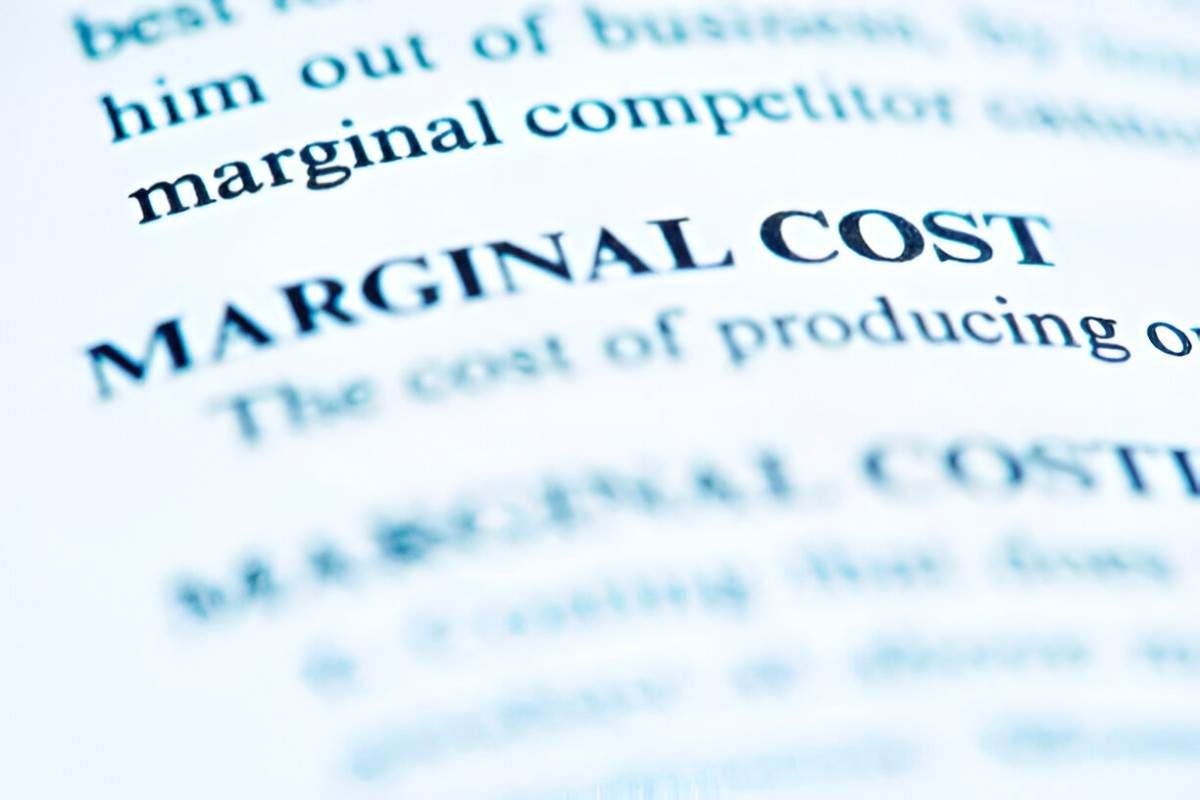As someone who has spent years analyzing financial data and teaching cost accounting, I know how crucial marginal cost is for decision-making. Whether you run a small business, manage a large corporation, or study economics, grasping this concept helps optimize production and pricing strategies. In this guide, I break down marginal cost in plain terms, explain its mathematical foundation, and show real-world applications.
Table of Contents
What Is Marginal Cost?
Marginal cost (MC) is the change in total cost when producing one additional unit of a good or service. It helps businesses determine the most efficient production level and pricing. The formula is:
MC = \frac{\Delta TC}{\Delta Q}Where:
- \Delta TC = Change in total cost
- \Delta Q = Change in quantity produced
Why Marginal Cost Matters
I’ve seen companies lose money because they ignored marginal cost. If producing an extra unit costs more than the revenue it generates, scaling up makes no sense. Conversely, if marginal cost is lower than the selling price, expanding production boosts profit.
How to Calculate Marginal Cost
Let’s walk through an example. Suppose a bakery produces 100 loaves of bread at a total cost of $500. Increasing output to 101 loaves raises the total cost to $505.
MC = \frac{505 - 500}{101 - 100} = \frac{5}{1} = 5The marginal cost of the 101st loaf is $5.
Components of Marginal Cost
Marginal cost includes:
- Variable Costs – Materials, labor, and utilities that change with production.
- Short-Term Fixed Costs – In some cases, fixed costs (like machinery) may influence MC if production nears capacity.
Marginal Cost vs. Average Cost
Many confuse marginal cost with average cost. Here’s the difference:
| Metric | Formula | Purpose |
|---|---|---|
| Marginal Cost | MC = \frac{\Delta TC}{\Delta Q} | Measures cost of one more unit |
| Average Cost | AC = \frac{TC}{Q} | Assesses per-unit cost across output |
When Marginal Cost Crosses Average Cost
A key insight I’ve observed is that when MC is below AC, average cost decreases. When MC exceeds AC, average cost rises. This intersection determines the most efficient production scale.
Real-World Applications
1. Pricing Strategies
Businesses use marginal cost to set prices. If a smartphone’s MC is $300 and the market price is $800, the firm earns a $500 margin per unit.
2. Profit Maximization
Economists argue that profit is maximized where marginal cost equals marginal revenue (MC = MR). Beyond this point, producing more reduces profit.
3. Government Policies
Taxes and subsidies alter marginal cost. A carbon tax raises MC for polluters, pushing them toward cleaner production.
Limitations of Marginal Cost Analysis
While useful, MC has drawbacks:
- Assumes Constant Efficiency – In reality, worker fatigue or machine wear can increase MC unexpectedly.
- Ignores Externalities – Social or environmental costs may not reflect in MC calculations.
Advanced Insights: Nonlinear Marginal Cost
In complex operations, MC isn’t always linear. For instance, a factory may have:
MC = 2Q + 3Here, MC increases with each unit, common in capacity-constrained industries.
Final Thoughts
Understanding marginal cost empowers better business decisions. Whether you’re a student, entrepreneur, or policymaker, mastering this concept sharpens your economic intuition. If you apply these principles carefully, you’ll avoid costly mistakes and uncover hidden profit opportunities.





